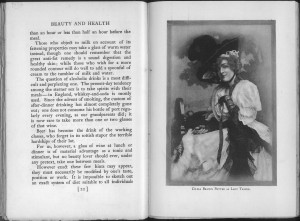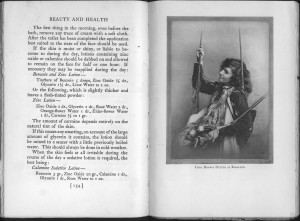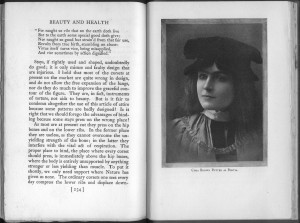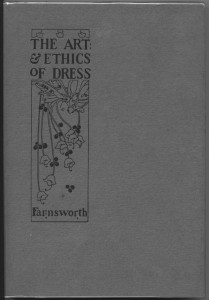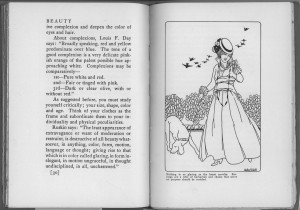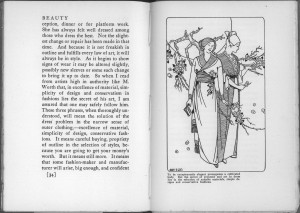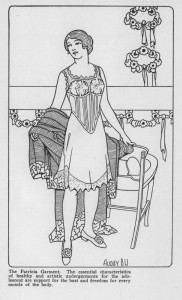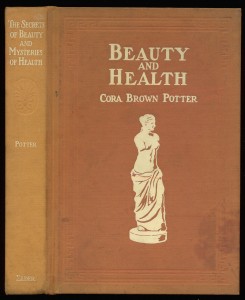
In 1886, the wealthy New Orleans society couple James and Cora Brown-Potter visited England, where they had the privilege of spending a weekend with the Prince of Wales (the future King George V). But privately, sparks were flying: Cora had announced to James that she was going on stage, with or without his consent. There were also rumors of a love affair with the Prince of Wales himself. James soon returned to America with their eight-year-old daughter Anne, but without Cora. Though they wouldn’t be formally divorced until 1900, their marriage was over.
Cora remained in England, one of the first American socialites to become a stage actress. She made her debut in 1887 at the Theatre Royal in Brighton. Oscar Wilde, writing anonymously for The Court and Society Review, said “With regard to Mrs. Brown–Potter, as acting is no longer considered absolutely essential for success on the English stage, there is really no reason why the pretty bright-eyed lady who charmed us all last June by her merry laugh and her nonchalant ways, should not—to borrow an expression from her native language—make a big boom and paint the town red. We sincerely hope she will; for, on the whole, the American invasion has done English society a great deal of good. American women are bright, clever, and wonderfully cosmopolitan.”
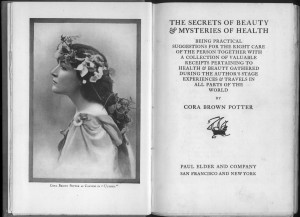
Born Mary Cora Urquhart (1857-1936), Cora hept her husband’s surname for the rest of her stage career. For the next decade, Cora Urquhart Brown-Potter and Harold Kyrle Bellew had a successful partnership and toured extensively. Cora went so far as to assume management of Savoy Theatre in London, made famous in the 1880s by Gilbert & Sullivan and D’Oyly Carte, but she was not able to reverse the theatre’s declining attendance.
In 1908, when she was 51 and nearing the end of her acting career, Potter wrote The Secrets of Beauty & Mysteries of Health. Given her life story, it’s unclear why she chose the modest California firm of Paul Elder & Company to publish her book. However, this was the three-year period following the 1906 San Francisco earthquake when Elder was trying to make a go of it in New York City; perhaps Elder and Potter contacted each other there.
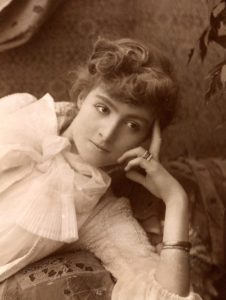
From her introduction, Potter hints that she will bring what today we might call a “feminist sensibility” to the work:
We women are no longer puppets on the stage of life, placed here or there for show or effect by mere men; we are living, we are free, at last we are true citizenesses of the world, bound, not by the feudal ties of serfdom or fealty, but by the larger and ennobling bonds of citizenship and patriotism. Through centuries of darkness and oppression, through ages of doubt and despair, have we struggled and toiled till at length we have reached the glorious prize of liberty, which now is ours, ours, OURS!
However, she shies away from radical departure of social norms. In the last chapter, euphemistically entitled “The Torso,” she argues in favor of corsets (provided they are properly fitted), noting that she performed her entire stage career whilst corseted.

Most notably–and dangerously–from a 21st-century viewpoint are the large number of recipes for tonics and makeup. The ingredients often read like the inventory of a compounding pharmacy, such as this recipe (Potter calls them “receipts”) for a skin lotion on page 154: “tincture of benzoin 5 drops, zinc oxide ½ dram, glycerin 1-½ dram, lime water to 1 ounce.” Displaying the medical ignorance of the era, Potter talks in near-glowing terms of such highly toxic metals as arsenic, antimony and mercury, such as an ointment made from yellow mercuric oxide for unsticking one’s eyelids in the morning. (Needless to say, please DO NOT try any of these recipes yourself.)
The reviewer for the San Francisco Call on 24 May 1908 was sanguine: “While there is little original material in the book, there is much that is interesting and some of it is no doubt valuable. The style of writing is poor, but no pretense is made for style. The book is beautifully printed and bound, and contains a number of reproduction of pictures of Mrs. Potter in her various characters of the stage.”
Cora Brown-Potter’s last British stage appearance was in 1912. She died on 12 February 1936, at the age of 78, at her villa in Beaulieu-sur-Mer not far from Monaco along the French Riviera. Shortly before her death, Cora Urquhart Brown-Potter became a French citizen.
